Please be so kind as to note the corrections made on July 11, 2021.
Corrections have been inserted in Bold Face.
The chart in fig 7.5 has also been corrected to the proper values.
We apologize for the compound mix-ups and acknowledge the help provided by Britt Salter in identifying the issue.
Does a higher energy spring decrease accuracy in a springer air rifle?
The standard deviation and extreme spread of the muzzle velocities were pretty much the same for both springs.
Figure 7.3a) shows some targets at 20 yards off the bench with both springs and Fig. 7.3b) shows three targets at 52 yards off the bench with the 20 J spring. At 20 yards, the accuracy was pretty much the same with both springs despite the fact that recoil was significantly stronger with the 20 J spring, which increased the muzzle energy from 11.1 ft-lb to 14.4 ft-lb.
The variation in muzzle velocity was similar for both springs. I was very excited by the accuracy that the 20 J spring produced at 52 yards. The three 10-shot groups at 52 yards are the best I’ve ever shot with a spring piston air rifle past 50 yards. I was especially pleased that the groups drifted only slightly, with the third group back on top of the first group. All the groups had ctc distances under 0.9”, with the first and third groups under 0.75”. Remember, these are 10-shot groups!
The higher muzzle velocity also took off about an inch of pellet drop at 52 yards, which will help reduce misses due to ranging errors. For comparison with 10-shot groups at 52 yards using the 16 J spring, please look at Fig. 5.6 in Ch. 5.
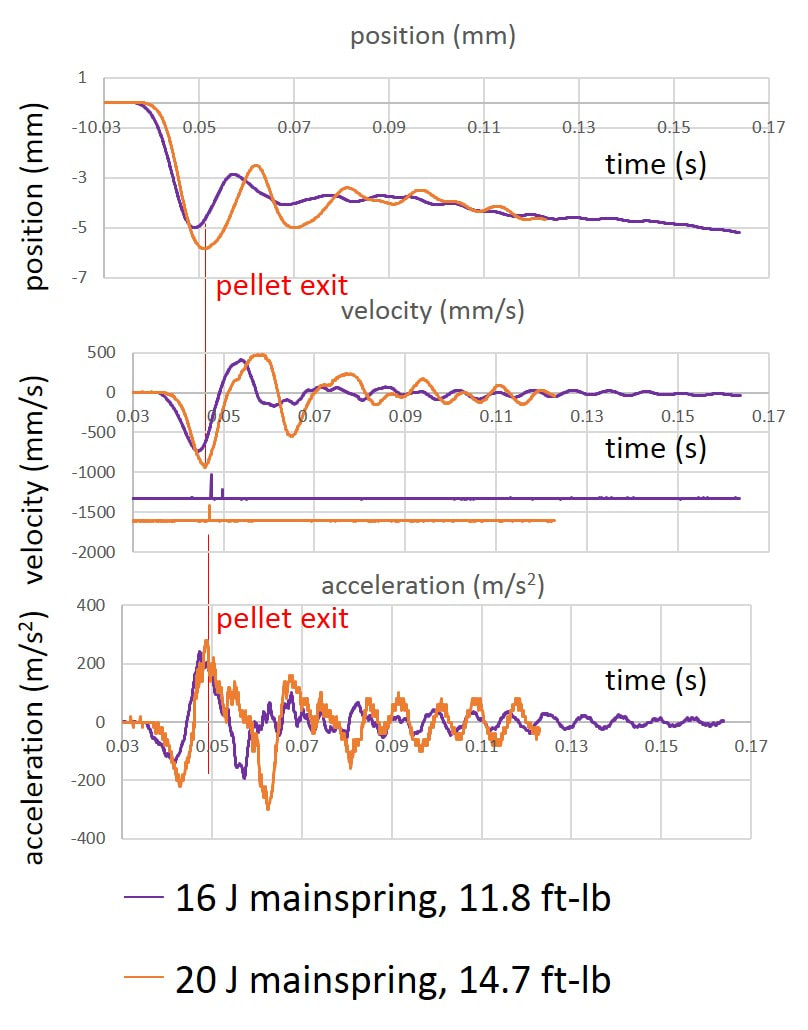
Before discussing the efficiencies, I'd like to thank Britt Salter for catching some important errors in the original version of Fig. 7.5. Thanks Britt for catching the inconsistencies between the posted muzzle velocities and calculated efficiencies in the original version of this chapter!
Figure 7.5 has been corrected and shows that the stronger spring required more work to cock for both the FWB 124 and LGU, but for the FWB 124 the resultant increase in muzzle energy actually increased the efficiency, while the stronger spring in the LGU decreased efficiency. One difference with the FWB 124 is that the weaker spring was lubricated with moly/Superlube and the stronger spring was lubricated with Krytox, so the efficiency comparison is not as reliable as with the LGU, where both springs were lubricated with Krytox. The increase in efficiency with the stronger spring in the FWB 124 isn’t very dramatic, but at least one can conclude that efficiency in this case did not go down when a stronger spring increased the muzzle energy by 19%. I’m willing to live with the decrease in efficiency of the LGU with the stronger spring if it can maintain better accuracy at longer distances.
For those of you who want to maximize the muzzle velocity of your FWB 124, I suggest that you try the factory piston seal. I was typically getting up to 50 fps greater muzzle velocity with the factory piston seal over any aftermarket seal that I tried using a variety of mainsprings.
For the LGU, the stronger spring decreased efficiency a bit and didn’t change accuracy at 20 yards. However, at 52 yards the accuracy looks very promising (personal best!) and the flatter trajectory will certainly help ranging and hitting targets at longer distances. The recoil felt stronger, which is backed up by the recoil traces, but that didn’t seem to hurt accuracy. If it weren’t for the 12 ft-lb limit in the World Field Target piston class, I would definitely use the stronger 20 J spring in those matches. Since the muzzle energy limit in the American Airgun Field Target Association’s Hunter piston division is 20 ft-lbs, I’m looking forward to trying the stronger spring in my LGU for hunter FT matches. I wonder if there’s anything that can get me a few more foot pounds out of the LGU?! It also would be interesting to see if the efficiency continues to drop in the LGU with even stronger springs. We expect that the shorter, central transfer port in the LGU should work better at higher power compared to the longer, offset transfer port in the FWB 124, but at least for this particular test, the FWB 124 did a bit better in terms of efficiency at higher power.
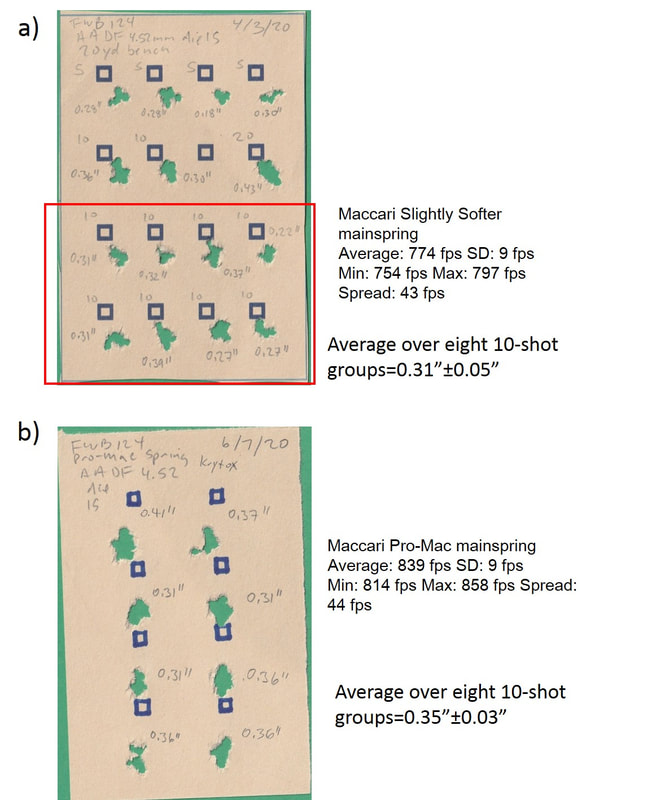
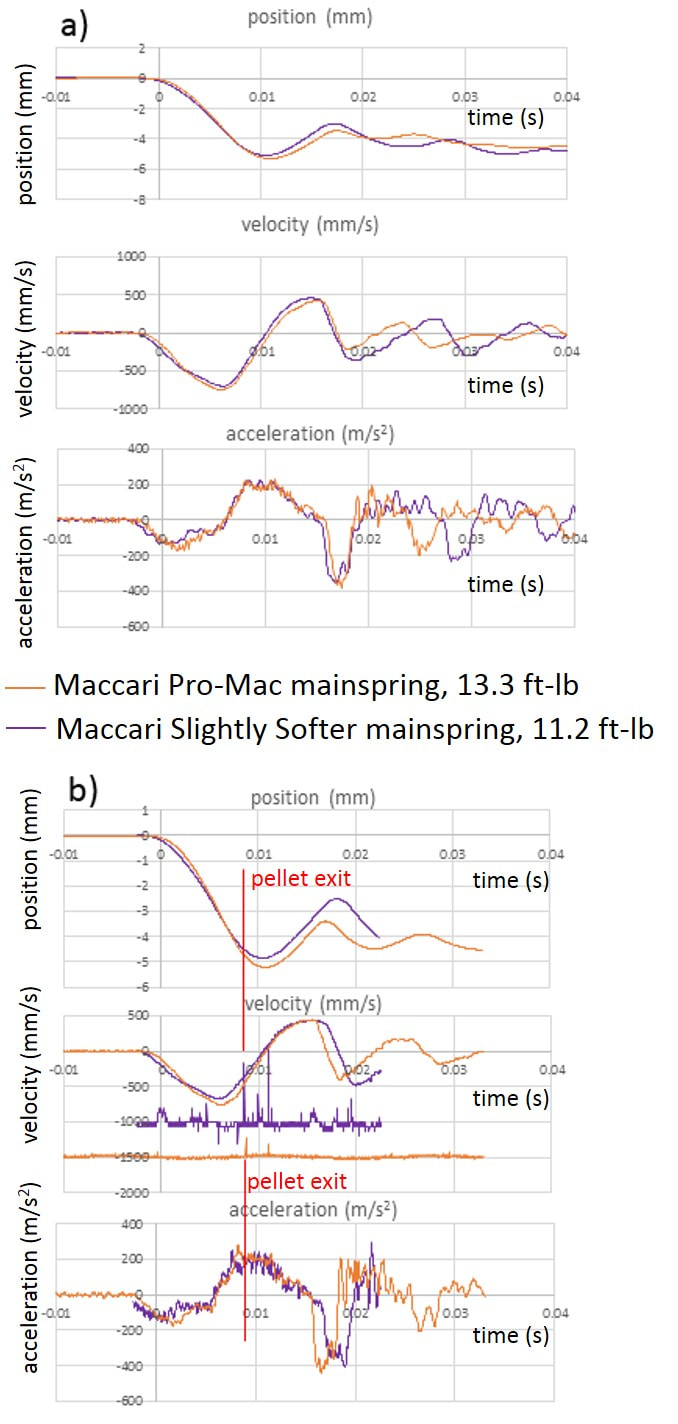
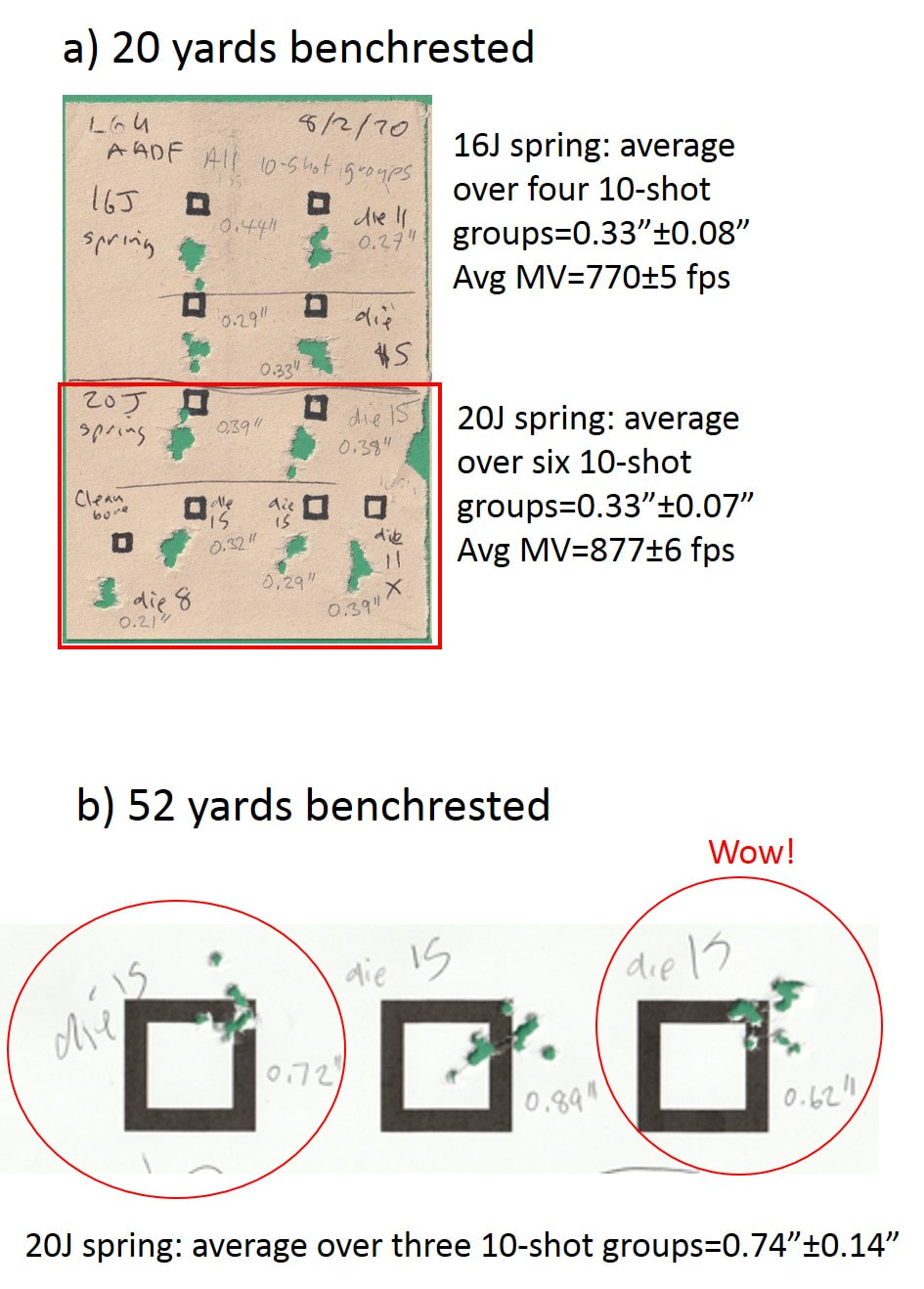
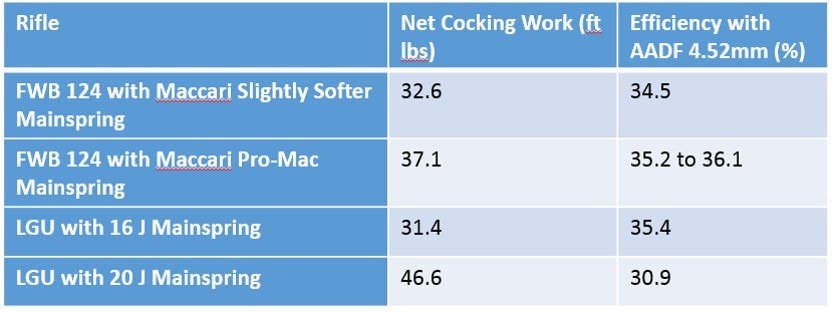
 RSS Feed
RSS Feed